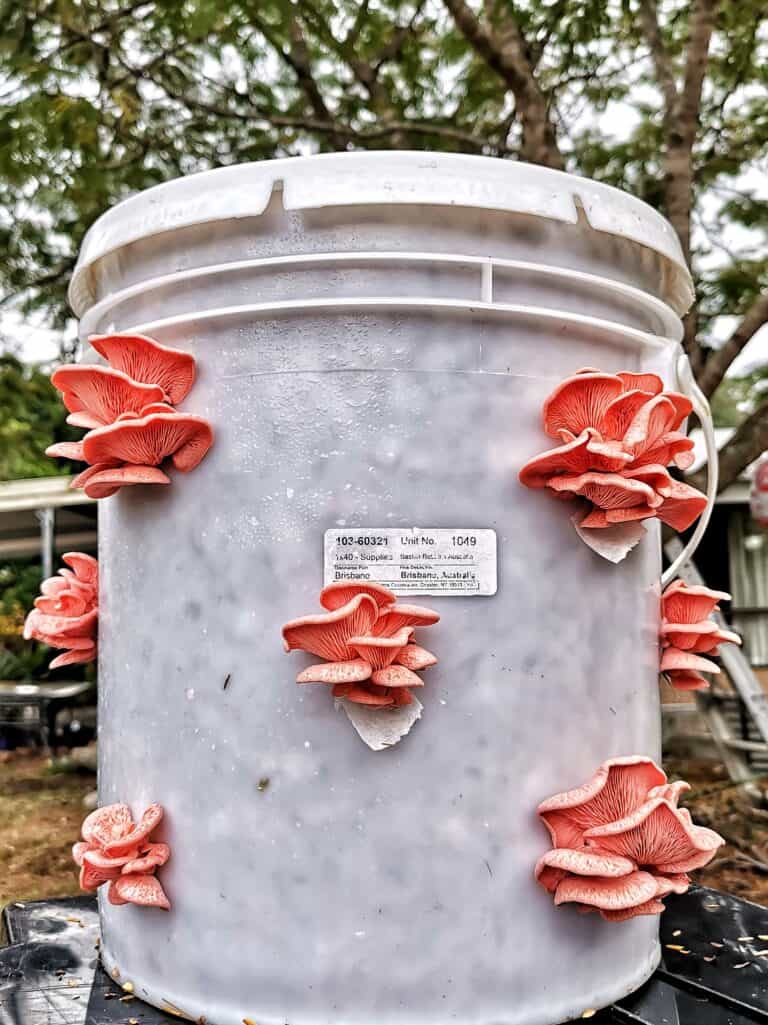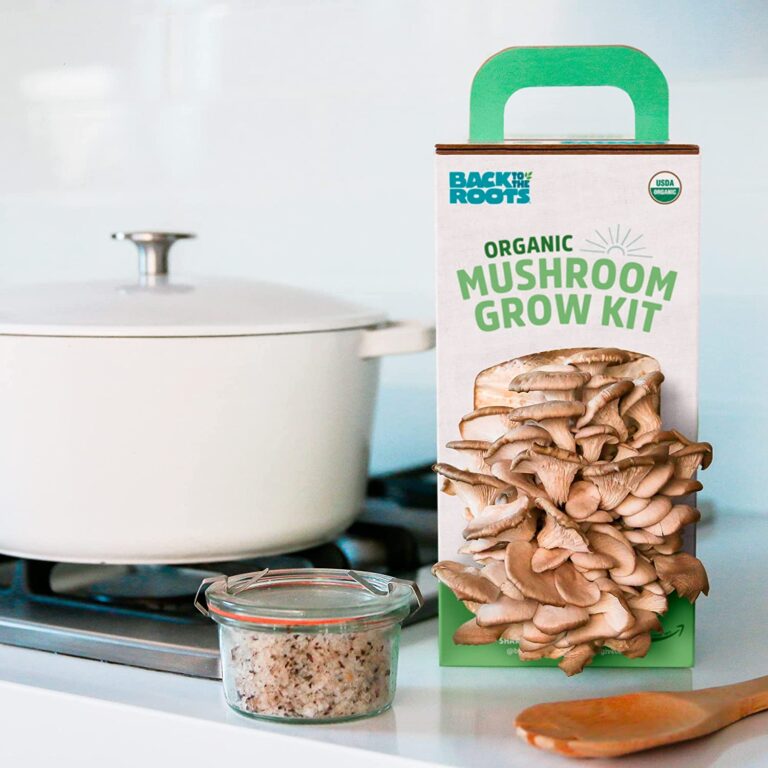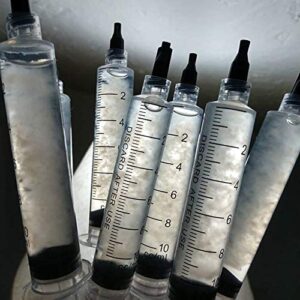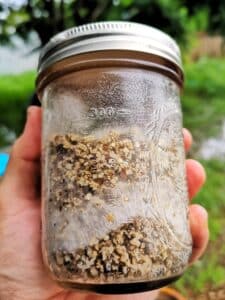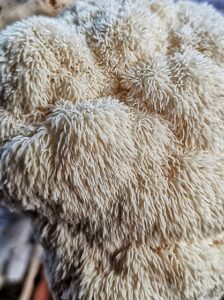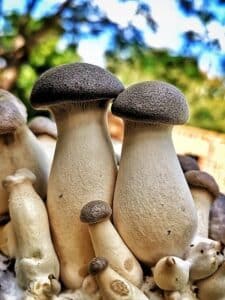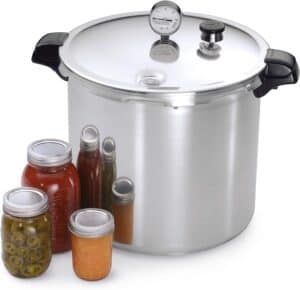Cold water lime pasteurisation (often called Lipas) is a method of pasteurisation that is used to prepare substrates that have little to no supplementation. It’s ideal for processing straw and sugar cane mulch. Using nothing more than cold water and hydrated lime substrate can be pasteurised overnight.
This same method can be used for hardwood fuel pellets. Use a tied pillow case to allow for easy retrieval and drainage. It’s important to note that substrates containing soy hulls or high levels of supplementation need to be sterilised instead of pasteurised to avoid contamination.
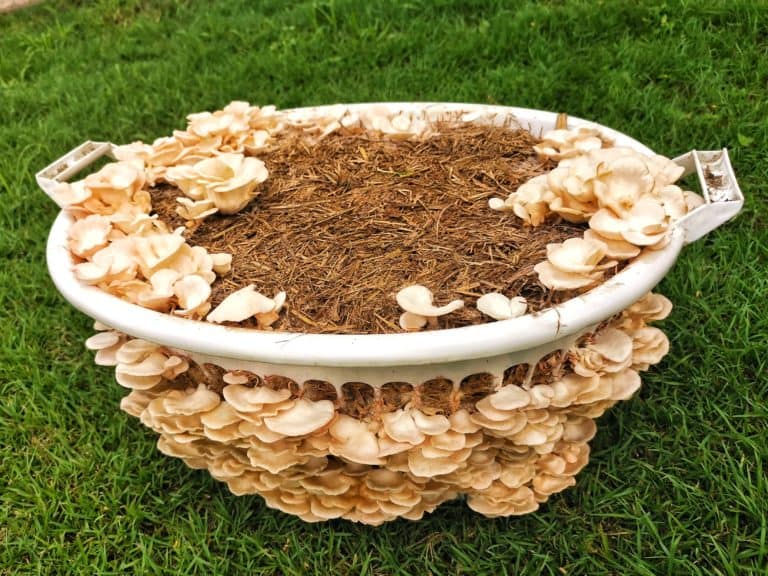
Understanding The Risk
Although cold water lime pasteurisation is inexpensive & effective it doesn’t come without disadvantages.
Cold water pasteurisation methods are often considered to be inferior to hot water pasteurisation. There is a slightly increased chance of contamination developing in substrates that have been treated with cold water pasteurisation.
Best results are achieved by using straw or sugar cane mulch that is visibly clean & dry.
Old, damp & visibly soiled substrate is more prone to contamination and should be processed with hot water pasteurisation.
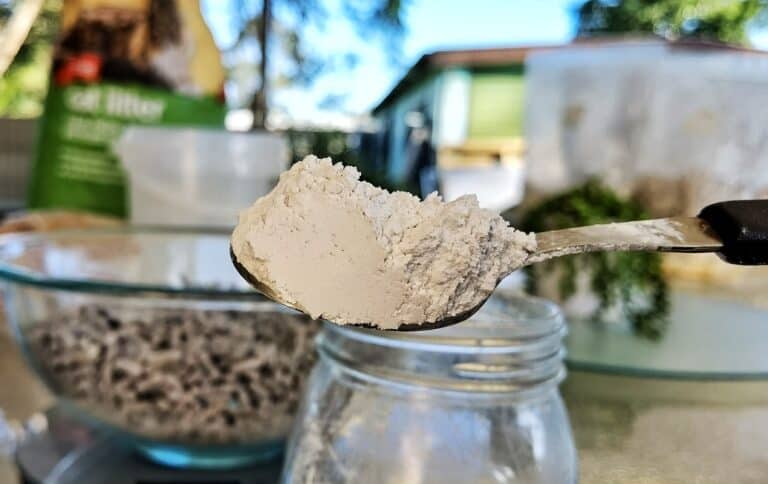
What You'll Need
For this project we recommend using a large bin (65L) and laundry basket to create a lime bath with removable insert for easy drainage.
We use between 2 – 4 grams of hydrated lime per litre of water used. Measurements for this process do not need to be precise.
Hydrated lime can be purchased from the concrete section in your local hardware store.
In addition weights in the form of bricks or similar are used to keep the substrate submerged throughout the process.
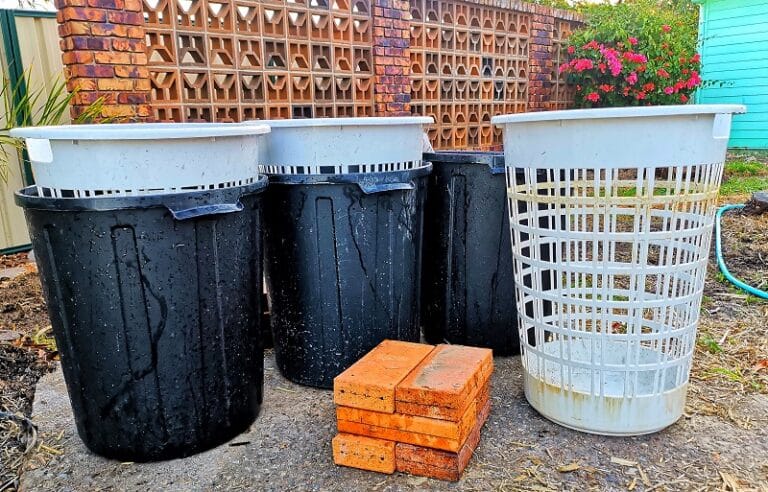
Step 1. Prepare The Baskets
Using a drill add additional holes to the base of the laundry basket for improved drainage.
Step 2. Pack Baskets With Substrate
Fill the laundry basket with substrate. Don’t pack too tightly – leave loose enough to allow the water to penetrate the substrate and release all air bubbles.
Don’t overfill the basket ensuring that it can be completely submerged.
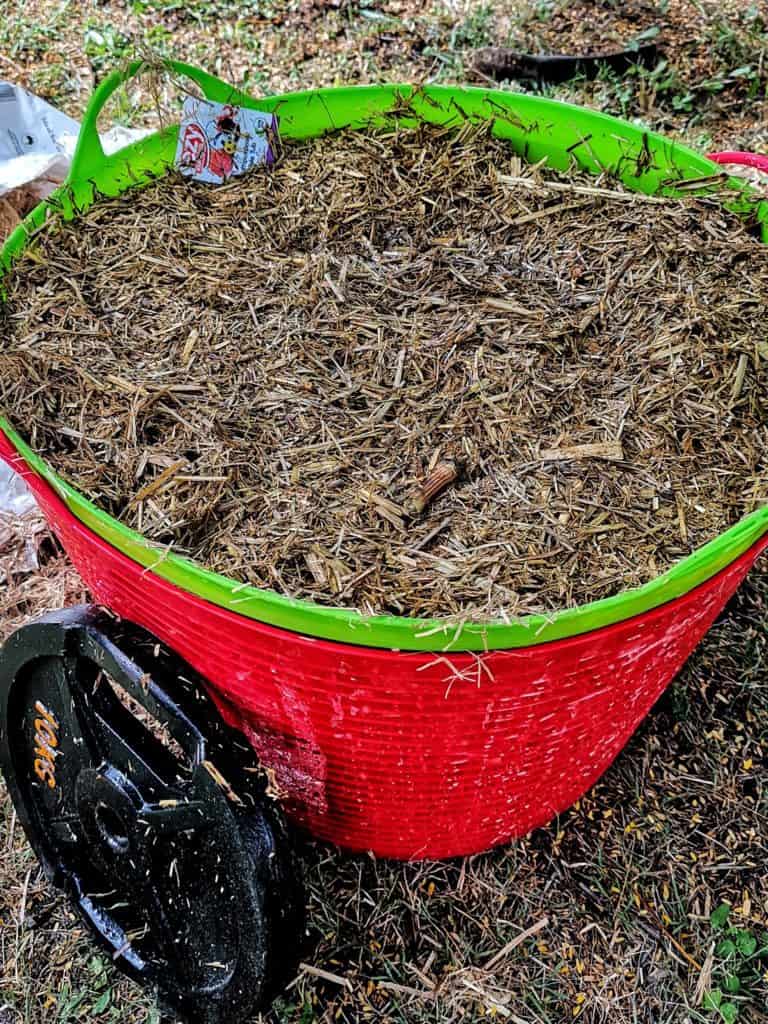
Step 3. Prepare Lime Bath
Add water & hydrated lime to the large bin or vessel. For each litre of water used we recommended adding between 2 – 4 grams of hydrated lime.
Ensure that the solution is well mixed.
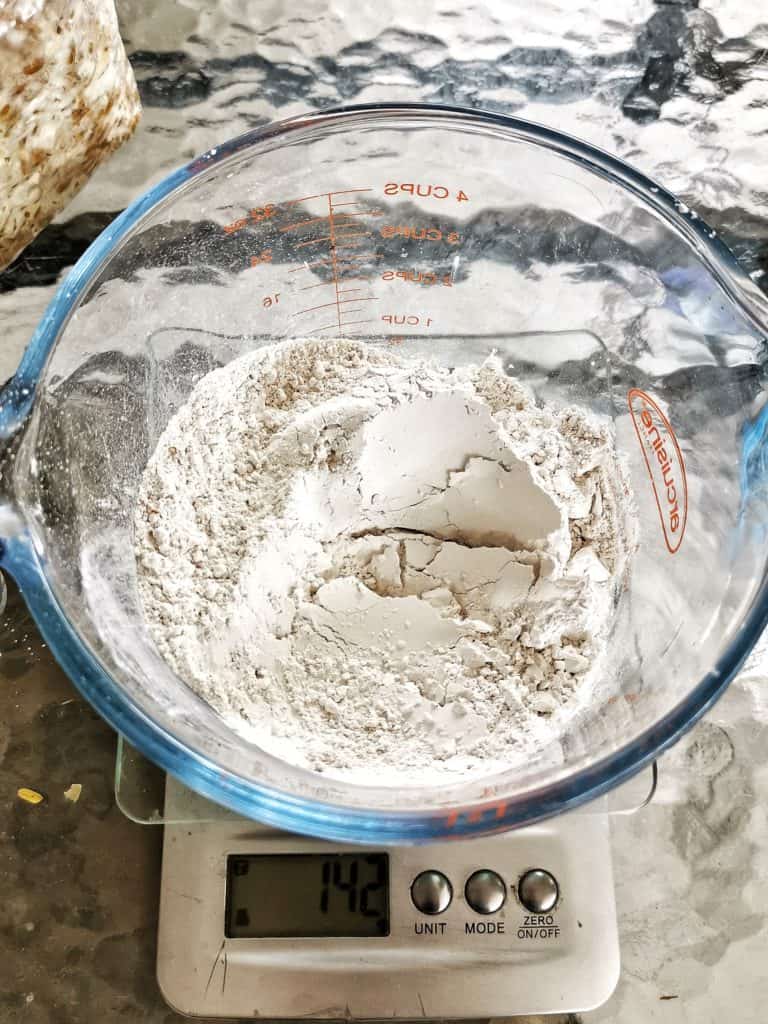
Step 4. Submerge Substrate
Submerge the basket packed with substrate in the lime bath. Shake & agitate the basket to help release air bubbles. Apply pressure and top with weights to keep the substrate submerged.
The substrate needs to remain submerged below the water level for 16 – 24 hours.
Step 5. Drain Substrate
Remove the basket from the lime bath and allow to drain. The substrate can be poured out onto a table or fly-screen to assist with drying.
The substrate is ready to be used while its moisture is at field capacity.
Field capacity can be identified by squeezing a handful of the substrate. Moisture should be felt without dispelling large amounts of excess water.
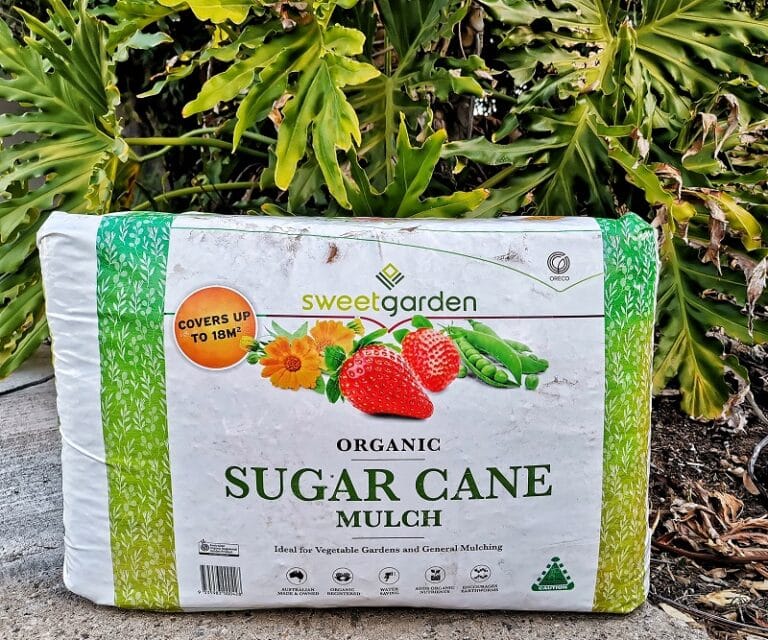
Grow Oyster Mushrooms In Buckets
Most varieties of oyster mushroom – excluding the king oyster – love growing in buckets. Learn how we grow side-fruiting oyster mushrooms like the pink, blue, white or brown oyster using buckets & sugar cane mulch.
